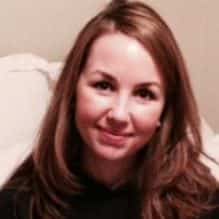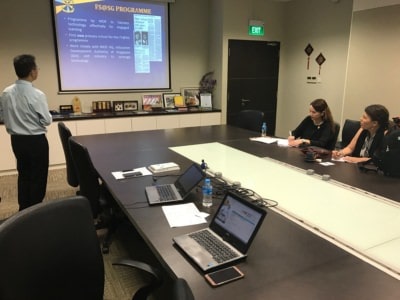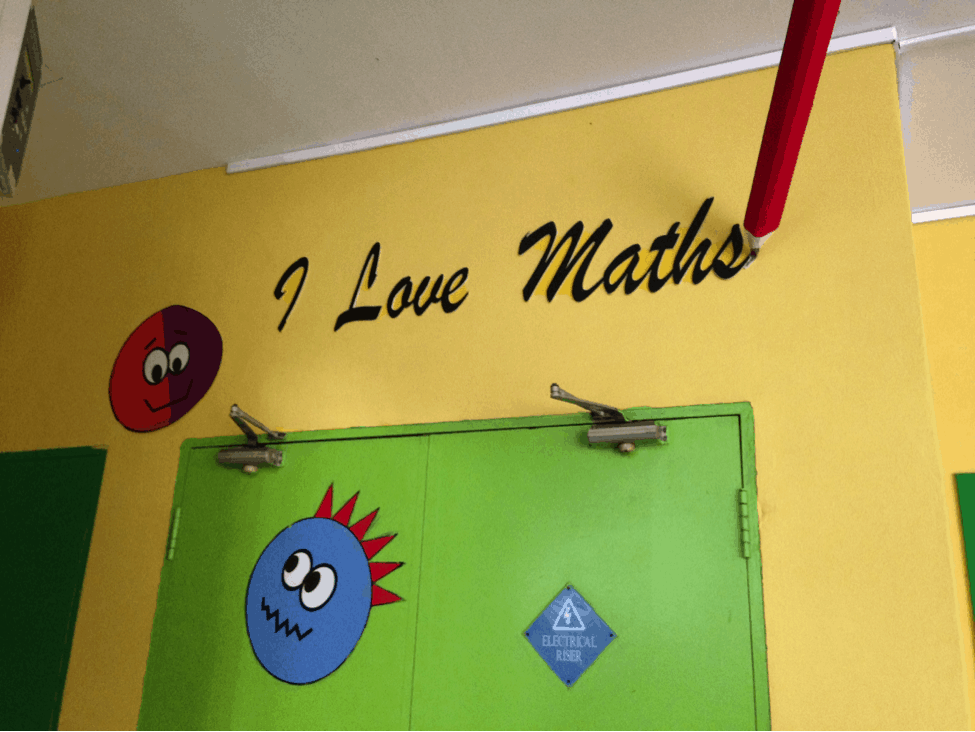

Spending time observing Singaporean classrooms over the course of several months as a Fulbright Distinguished Awards in Teaching Program recipient gave me the chance to see similarities and differences in the education systems of the United States and Singapore.
A similarity I saw consistently was how much educators care about children. We may not all show it in the same ways but when the care and concern are there, it is evident. I was fortunate to meet educators in Singapore who love what they do and are very passionate about it. I only have to walk the halls of my own school to see how similar we are in that respect.
I became friends with a Singaporean teacher who spent hours into the night grading papers, fretting over a student’s home life, and spending personal money on creating an inviting classroom. It is my belief that teachers who truly love children can be found far and wide the world over.
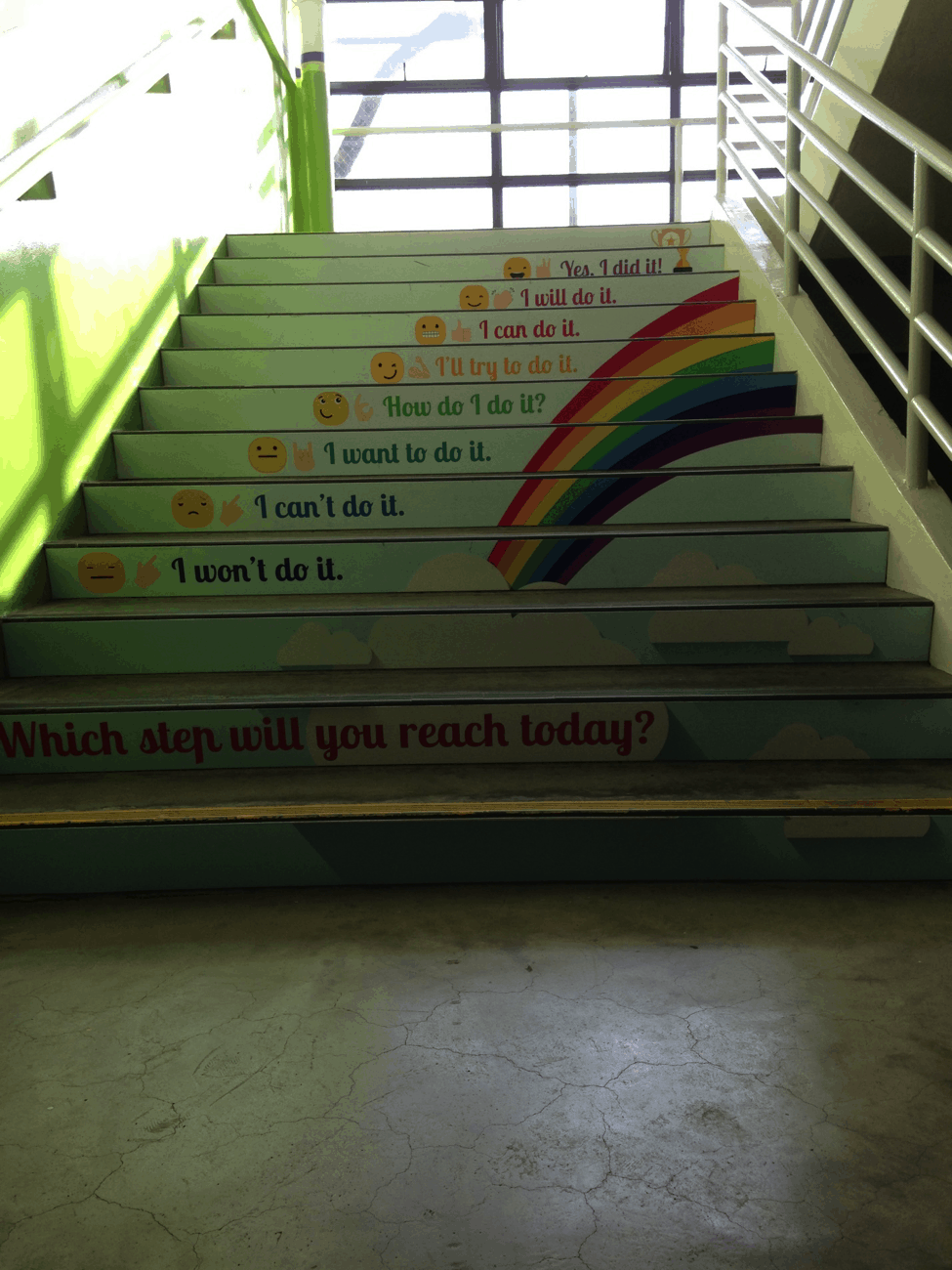

A difference I observed during my time in Singapore was that teachers at the elementary level are trained for their specific content area in many cases. They often do not teach all subjects as elementary teachers in the U.S. tend to do.
In many classes, the children stayed in the same class and were taught some subjects by their home room teacher but other teachers would take over for certain periods. For example, a literacy teacher may teach for a certain time period, and then the class would be taken over by the mother tongue teacher for language.
Another difference is that all teachers are trained at one university. The National Institute of Education is a part of Nanyang Technological University and all teachers are trained there, allowing for consistency throughout their educational system.
What does Singapore math look like in the classroom?
As for what Singapore math “looks” like, many things were indeed very consistent.
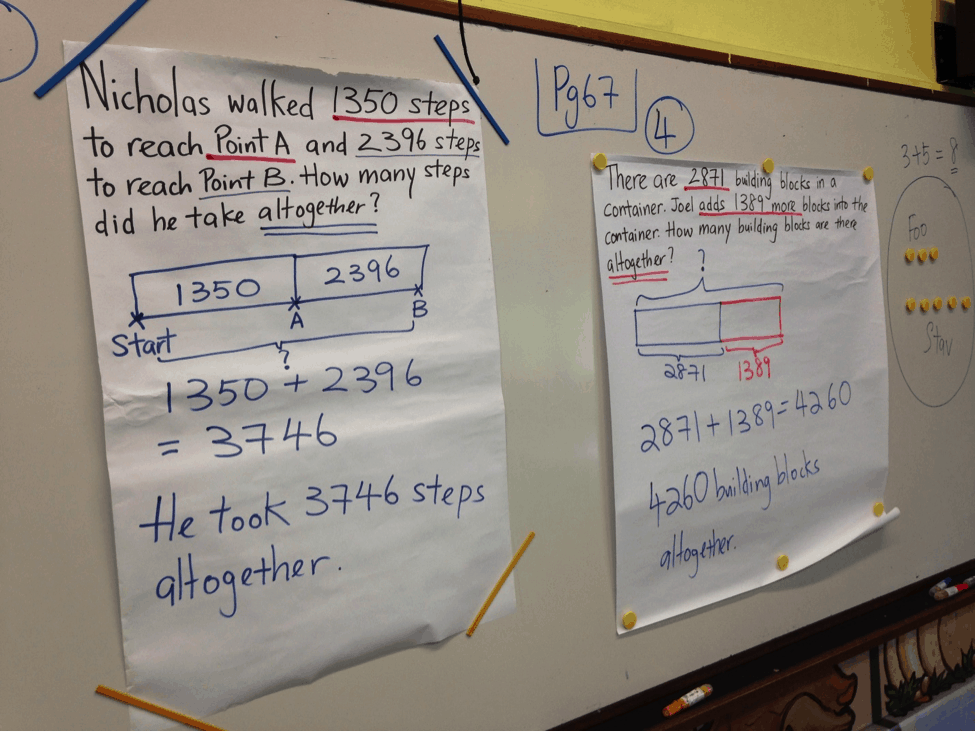

The concrete-pictorial-abstract (CPA) method of teaching was what I heard over and over from teachers as one of their best educational teaching methods.
Allowing children to use manipulatives when first learning a mathematical concept is extremely important. Moving on to teaching through pictorial means is the next step, with the final stage being the most abstract and that is the algorithm.
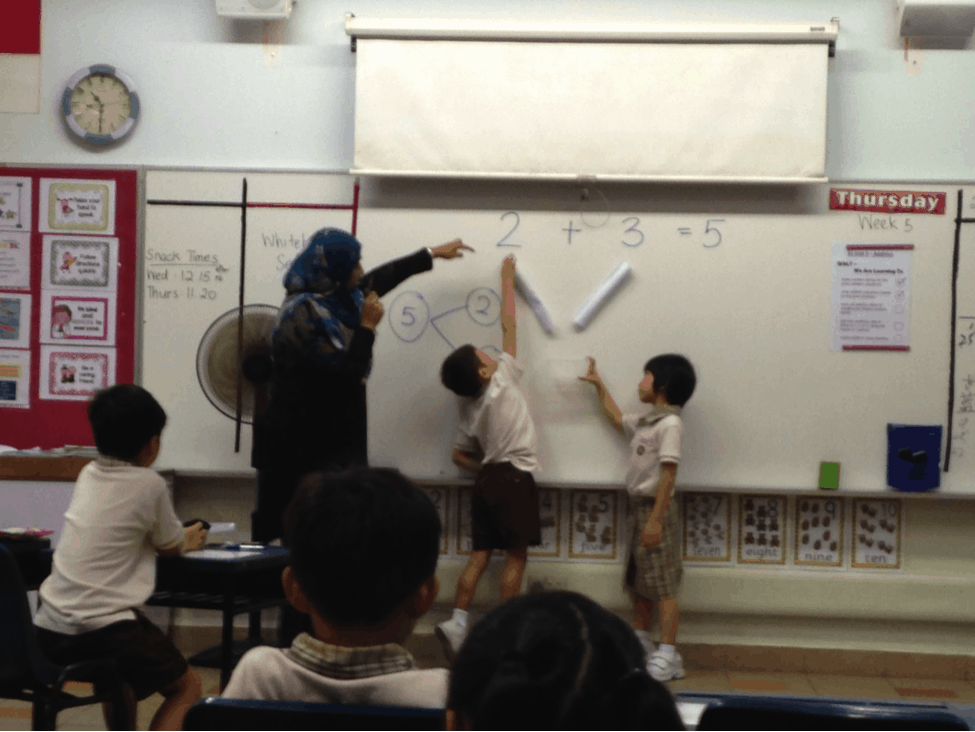

Most teachers all over the world know CPA to be an effective method of teaching, and Singaporean teachers will tell you it is simply a good practice. What I found is that most of what we know to be “Singapore math” are best practices steeped in Jerome Bruner’s work.
Using number bonds, ten frames, and manipulatives for instruction are researched-based strategies that are effective in building student understanding of challenging mathematical concepts. Throughout instruction, place value is reinforced with consistency.
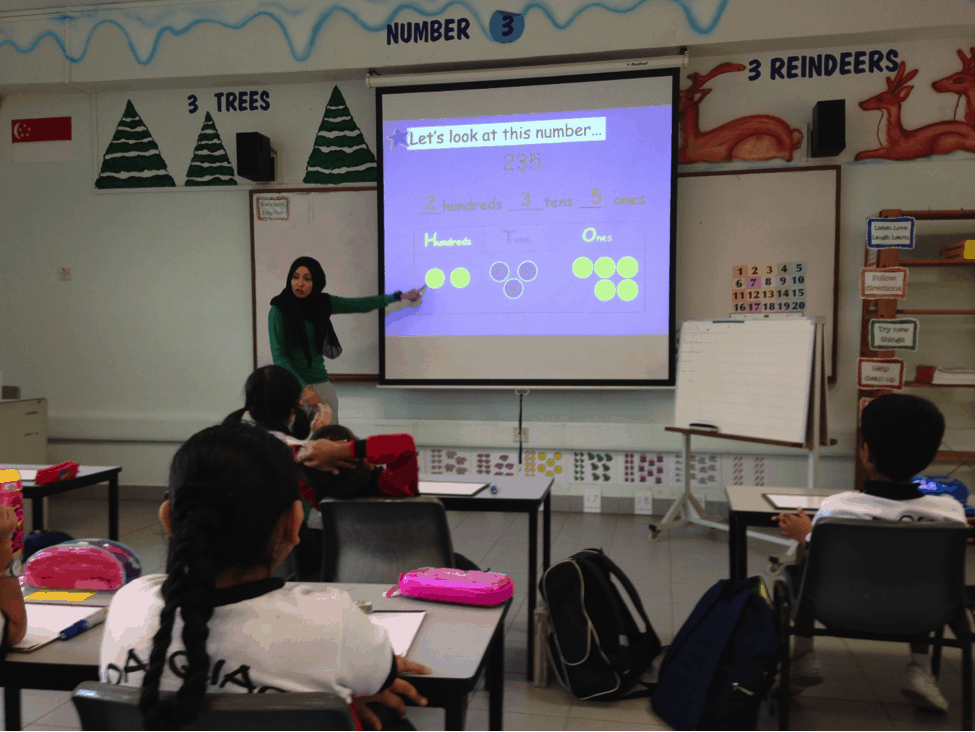

Teachers use the “I do, we do, you do” method of teaching as well. Teachers model a math equation while students observe. The next step is for them to solve an equation together. The final stage is to have the students work on a math equation independently. This was consistent throughout the classes in Singapore during my observations.
Another tenet of Singapore math that was very consistent was model drawing. Students must demonstrate how they solve an equation using the bar model method. Their work must be very neat, and many students even have rulers specifically for model drawing that are often sold in school bookstores. Students must be able to explain their methods for solving an equation.
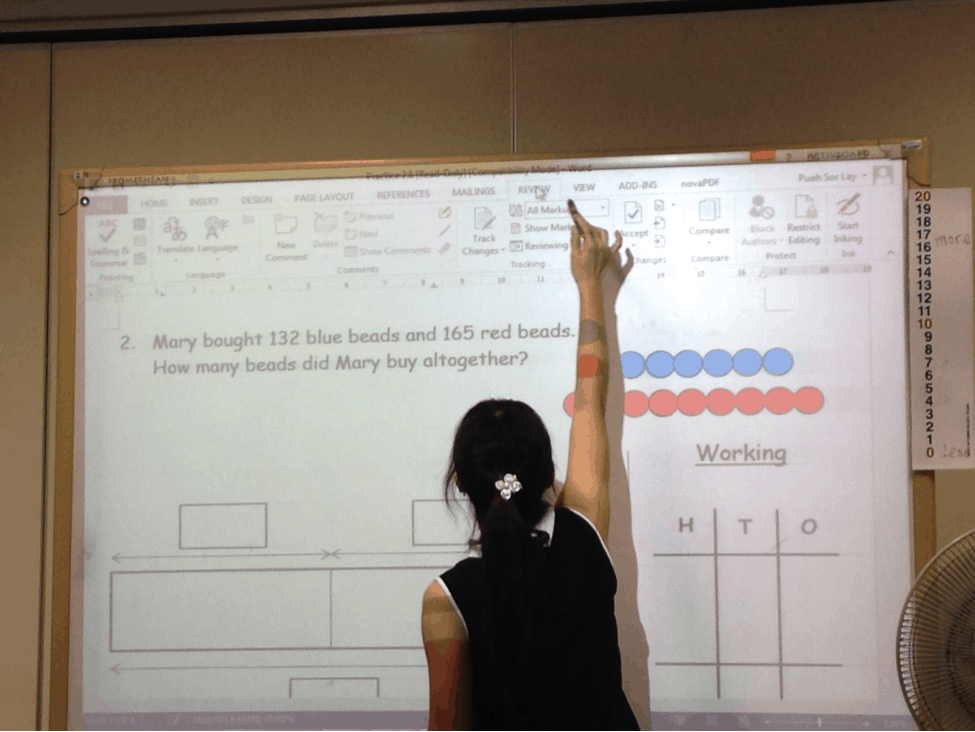

When talking with teachers in Singapore, the idea of “Singapore math” was new to most of them and they thought it quite funny. As one of the principals shared with me, “It’s just maths.”
